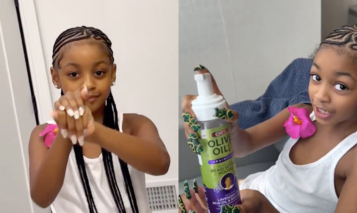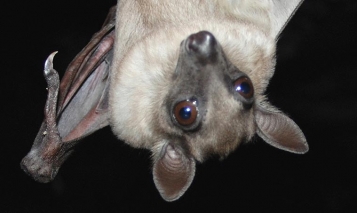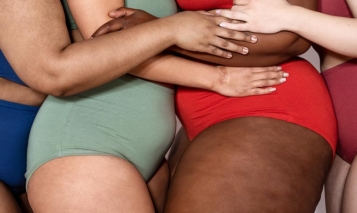
Consider this more of a public service announcement than a Medical Minute.
Yesterday, while perusing my comments section, I noticed a few of my readers discussing the application of vaginal antifungal cream Monistat 7 to the scalp for the purpose of growing hair.
Monistat 7 is the treatment for yeast (fungal) infections of the vagina. (The #7 stands for 7 day treatment).
Today, after reading an email from a reader, I realized that some of my lurkers took my readers’ advice seriously. So I wanted to let you know that applying antifungal cream to your scalp does not stimulate hair growth.
First of all, the so-called matching ingredients in Rogaine hair regrowth treatments and Monistat 7 antifungal cream are inactive ingredients.
I know that all of you are smart enough to understand what the word inactive means.
Inactive ingredients are defined as “Components which (irrespective of their relative quantity) do not help directly in achieving a product’s performance objectives.”
In other words, the inactive ingredients are simply the base (such as glycerin oil) or the preservatives (such as citric acid or alcohol) that the active ingredient is in.
The active ingredient of Monistat 7 is Miconazole Nitrate (2% antifungal) in both the internal and external creams. The active ingredient in Rogaine is Minoxidil, which stimulates hair regrowth.
So when you read the label of a medication, always look at the active ingredients first.
Inactive ingredients of Monistat 7:
Benzoic Acid, Cetearyl Alcohol, Isopropyl Myristate, Polysorbate 60, Potassium Hydroxide, Propylene Glycol, Water (Purified), Stearyl Alcohol
Inactive ingredients of Rogaine:
Butane, Butylated Hydroxytoluene, Cetearyl Alcohol, Citric Acid, Glycerin, Isobutane, Lactic Acid, Polysorbate 60, Propane, Water (Purified), SD Alcohol 40 B, Stearyl Alcohol





